"17th Century, Italian Oil On Canvas With Saint Jerome In Meditation"
Saint Jerome in meditationby Italian Bolognese painter, follower of Guido Reni (1575-1642)
17th Century, Italy (Bologna), Oil on canvas
The painting is an interesting ancient replica of a famous composition by Guido Reni portraying “Saint Jerome in meditation”. The original painting, done around 1640, is now in the Reggia di Venaria Reale (Turin – Italy), on loan from the Galleria Sabauda in Turin, and comes from the collections of Prince Eugenio di Savoia-Soissons (1663-1736). A great commander at the service of the Viennese court and a refined collector. The picture gallery of Prince Eugenio, located in the Belvedere and in the Vienna City Palace, was admired by contemporaries as one of the most remarkable in Europe.
Saint Jerome, (Sofronio Eusebio Girolamo) (Stridone approx. 347 - Bethlehem, 420), declared Doctor of the Church by Pius V in 1576, was born in Dalmatia, in today’s Croatia, and was a man of great literary culture. He studied grammar and rhetoric in Rome and was baptized here. He went to Antioch and embraced the ascetic life living as a hermit in the desert of Calcide, south of Aleppo (cf. ep 14:10), to devote himself to the studies of biblical exegesis and the Greek and Jewish language. Having become a priest on condition of retaining his independence as a monk, he began an intense literary activity. In 382 he moved to Rome; he became Secretary and Counsellor of Pope Damaso, who encouraged him to undertake a new Latin translation of the biblical texts for his literary preparation and vast learning. On the basis of the original texts in Greek and Hebrew, Jerome implemented the Latin translation of the four Gospels, then the Psalter and most of the protocanonical texts of the Old Testament. His work constitutes the so-called "vulgata", canonical text of the Latin Church, recognized by the Council of Trent.
After the death of Pope Damaso, Jerome left Rome in 385 and began a pilgrimage, first to the Holy Land, then to Egypt and in 386 he stopped in Bethlehem where he remained until his death. He continued to carry out an intense activity: he built monasteries and hospices and continued the teaching of classical and Christian culture.
He is patron saint of archaeologists, librarians, scholars and translators and the Roman martyrology remembers him on September 30.
There are some iconographies of Saint Jerome related to episodes of his life. Among these, the representation of the saint in the desert is very widespread, in meditation or intent to study.
The original work of Guido Reni and that object of study, see the saint sitting in a wooded environment, while he rests his head on his left arm, in meditative recollection, and supports with his right hand a skull, symbol of penance and memento mori. On the rock on which it rests are also depicted two volumes, one of which is open, and an inkwell, evident reference to his studies and his exegetical work. The canvas in question has some variations on the environment in the background: the bare and austere landscape of the original is here enlivened by a green tree, a blue sky and some vaporous clouds on the horizon.
The San Gerolamo by Guido Reni had a lot of artistic luck and the subject was repeatedly replicated, on canvas, on copper or engraved, both by Italian and European artists.
Please click on the word EXPERTISE to read the expertise in Italian


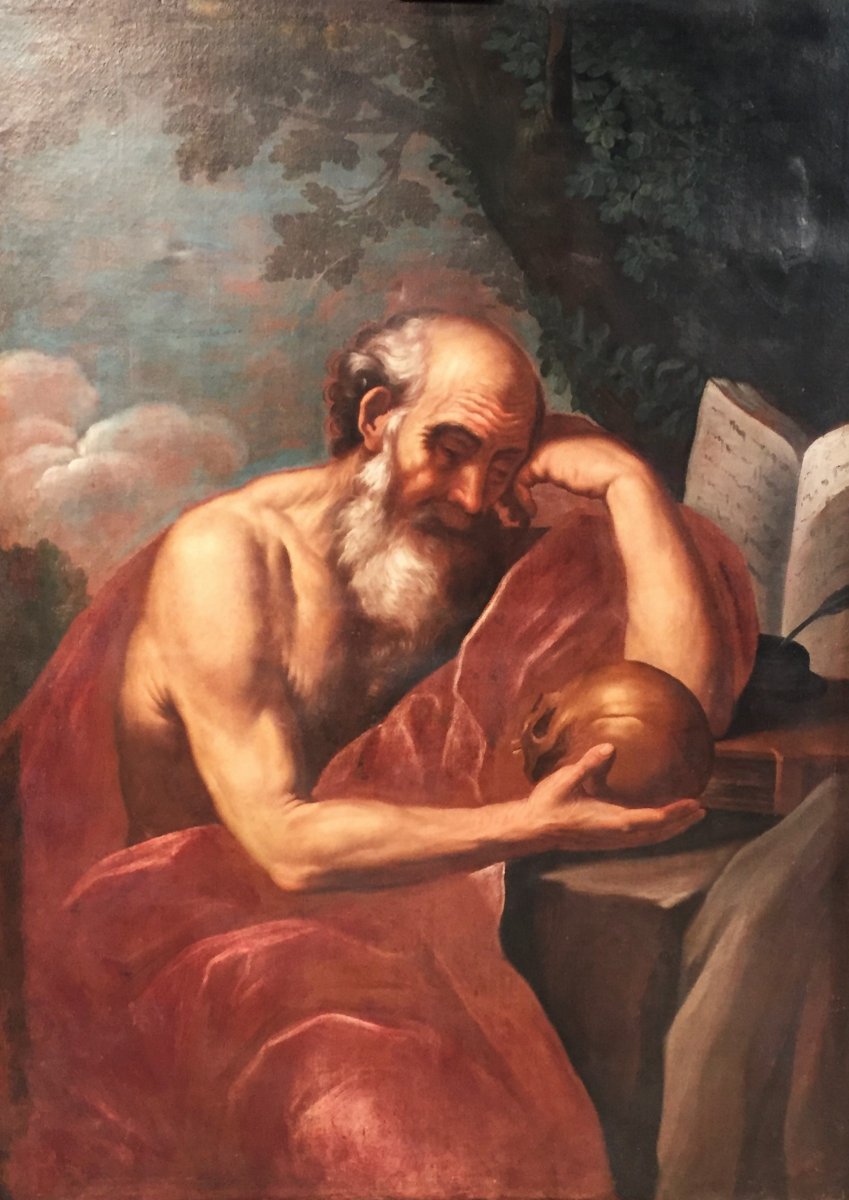

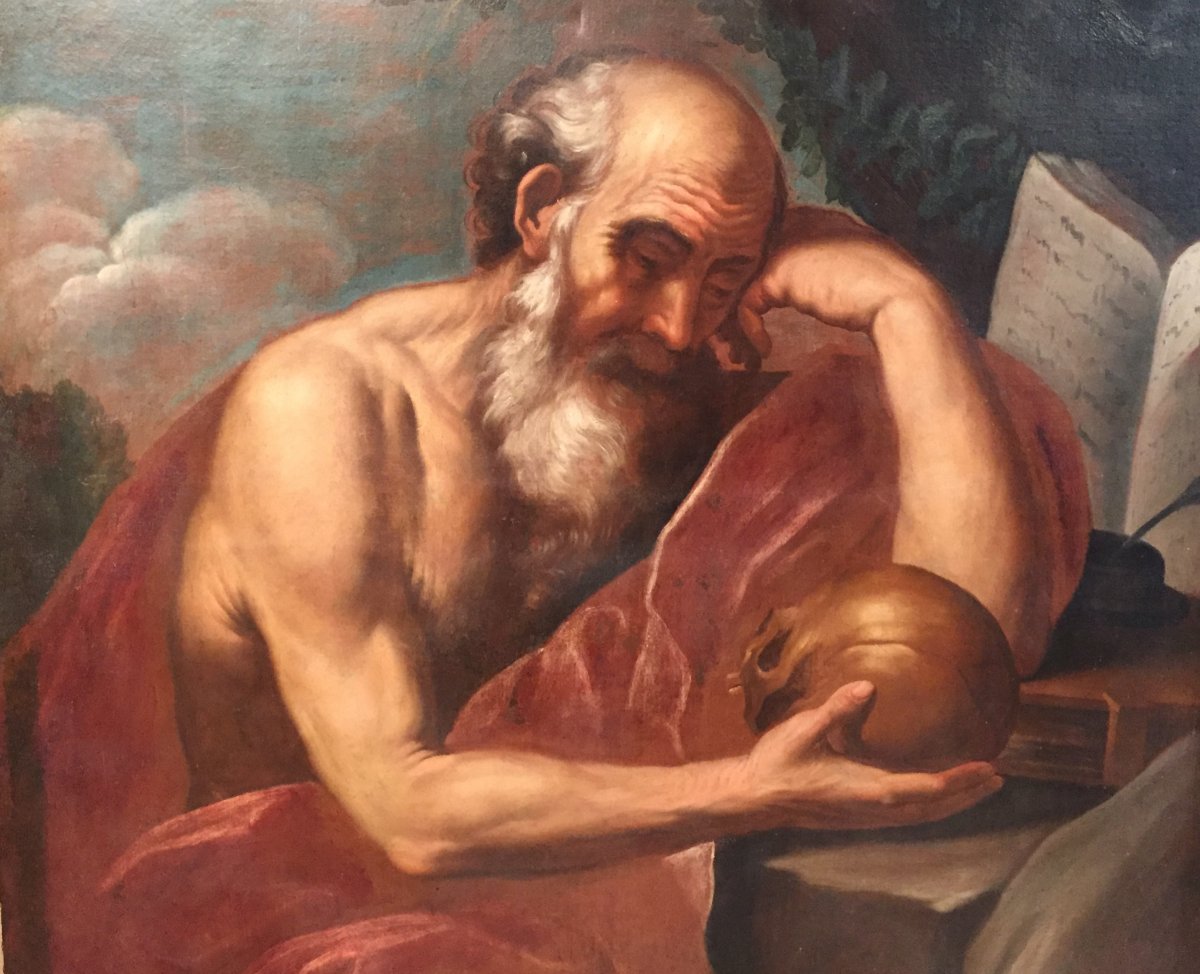
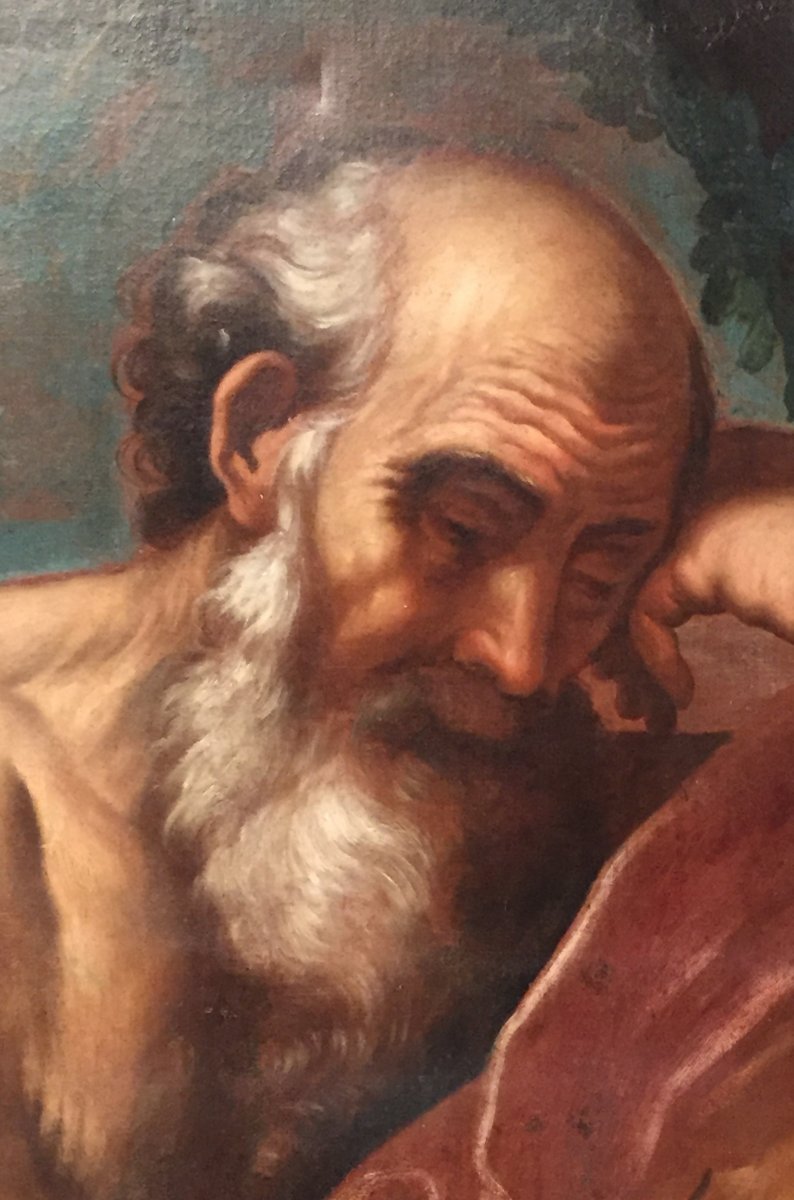















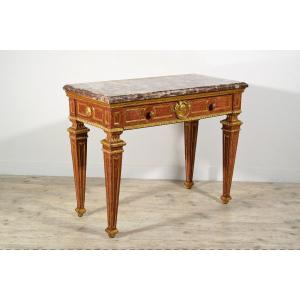

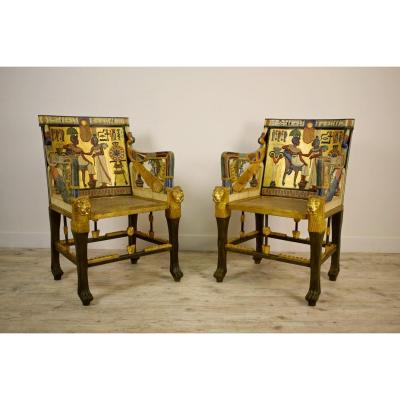
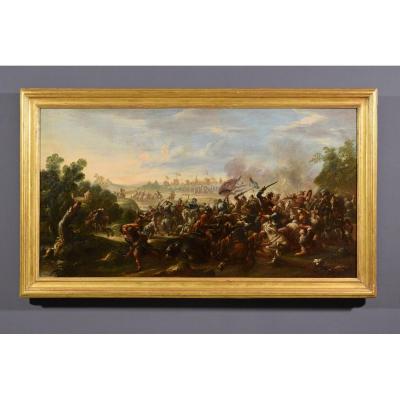
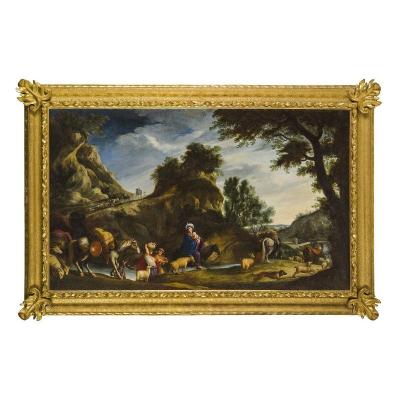


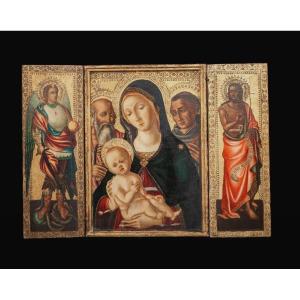
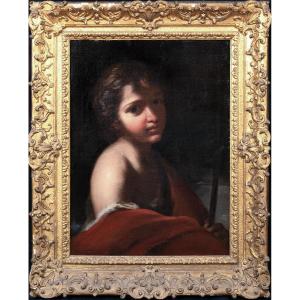







 Le Magazine
Le Magazine Rivista Artiquariato
Rivista Artiquariato TRÉSORS magazine
TRÉSORS magazine